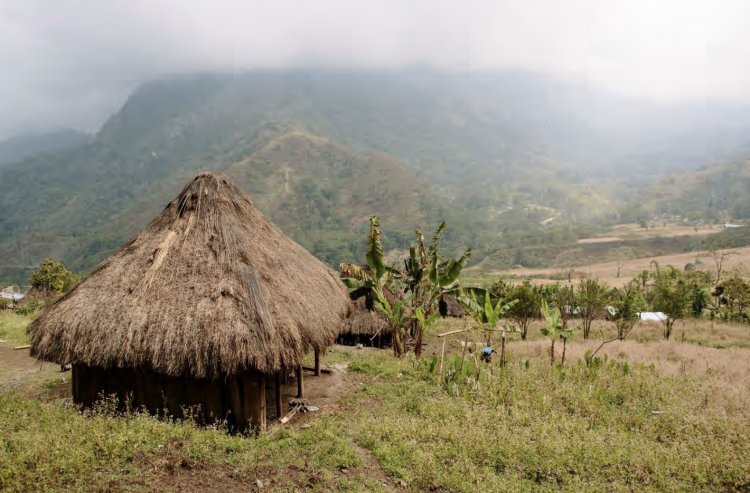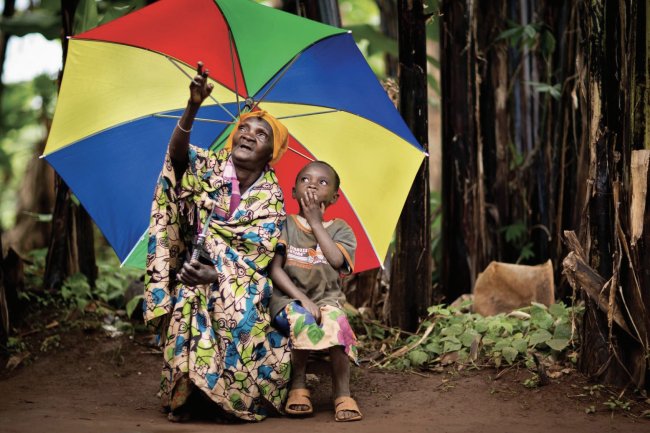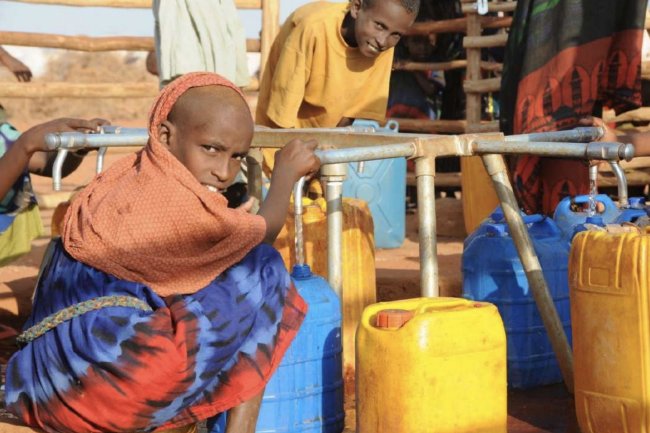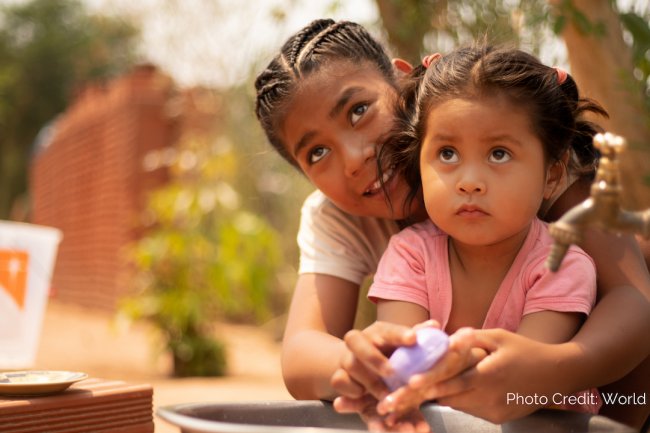Timor Leste (East Timor)
Background : The JMP estimate suggests improved sanitation coverage in rural areas at 27 per cent in 2015. While this appears to be a decline since 2000 it is more of an adjustment between the proportion of improved and unimproved facilities during this period. Importantly, open defecation rates have fallen by a third, from 55-36 per cent in 2015.

WaterAid /Tom Greenwood
CLTS status and geographic spread
The Community-Led Total Sanitation (CLTS) approach to sanitation improvement was introduced by WaterAid to Timor-Leste in 2007 and has now been established as the lead approach to sanitation in Timor-Leste. In 2012 the National Basic Sanitation Policy was adopted which establishes the Ministry of Health as the lead national agency for rural sanitation and promulgates that demand-lead approaches, in particular CLTS, lead the implementation of Rural Sanitation with technical guidance from the Ministry of Public Works. CLTS is encapsulated within the Ministry of Health’s national approach to improving sanitation and hygiene practice, Community Action Planning for Sanitation and Hygiene (PAKSI).


